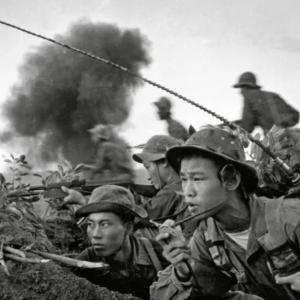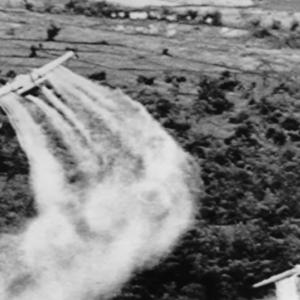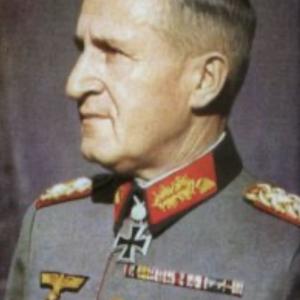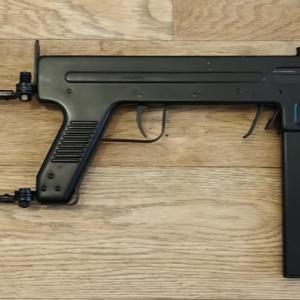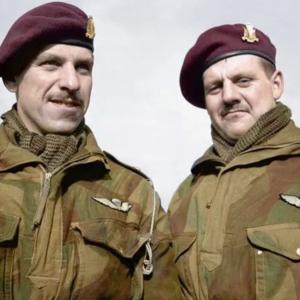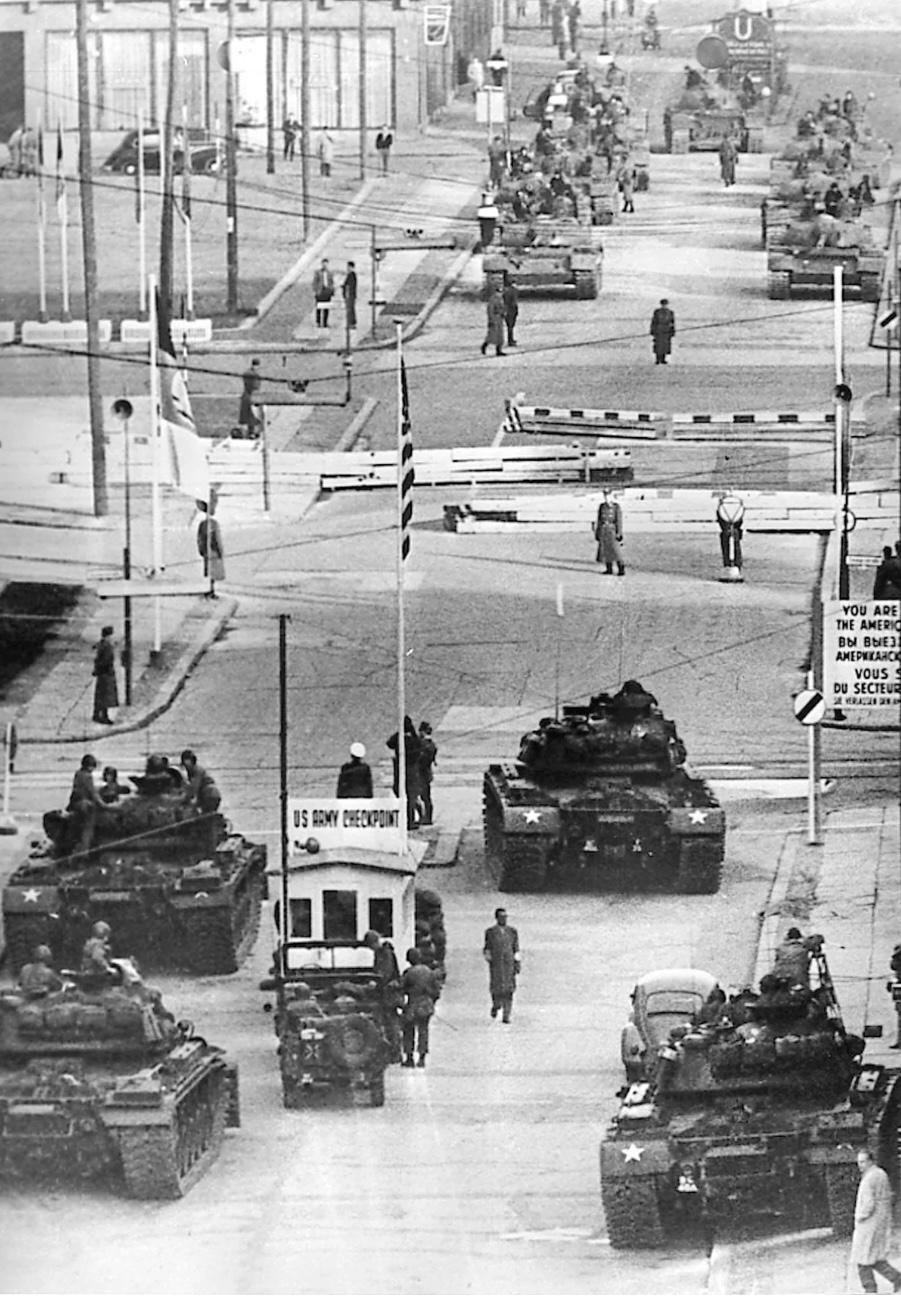
On this day in military history…
In the tense autumn of 1961, Berlin became the stage for one of the most dangerous confrontations of the Cold War. The standoff at Checkpoint Charlie between the United States and the Soviet Union on October 27 and 28, 1961, marked a flashpoint where the world teetered on the edge of armed conflict. At the heart of it was a seemingly simple issue: the right of Western Allied personnel to move freely between East and West Berlin. But behind it lay deep-rooted tensions over the status of Berlin and the future of divided Germany.
The crisis had been building for years. After World War II, Germany had been divided into four occupation zones controlled by the United States, the United Kingdom, France, and the Soviet Union. Berlin, although located entirely within the Soviet-controlled eastern zone, was also split into sectors governed by the four powers. This unique arrangement made Berlin a symbol and a battleground of the Cold War. As relations between the Soviet Union and the Western Allies deteriorated, Berlin became a focal point of espionage, propaganda, and political confrontation.
In the summer of 1961, the situation escalated dramatically when the East German government, with Soviet backing, erected the Berlin Wall on August 13. The wall was designed to stop the mass exodus of East Germans fleeing to the West through Berlin, a growing embarrassment for the communist regime. Its construction stunned the world and was a clear sign of the tightening Soviet grip over East Berlin. The wall divided families, severed streets, and brought the physical division of the city into stark, permanent form.
Checkpoint Charlie, located on Friedrichstrasse, was one of the few crossing points between East and West Berlin, reserved primarily for foreigners and Allied military personnel. According to post-war agreements, Allied forces were entitled to move freely throughout all sectors of Berlin, including the Soviet sector. However, the East German authorities, seeking to assert their sovereignty, began insisting that American and other Western military personnel present identification to East German border guards—a move the United States flatly rejected. The U.S. did not recognize East Germany as a legitimate state and refused to acknowledge its authority in Berlin.
The situation came to a head on October 22, 1961, when E. Allan Lightner, the U.S. Chief of Mission in Berlin, attempted to cross into East Berlin to attend the opera. When East German guards demanded his passport, U.S. military escorts intervened and escorted him across the border, asserting his rights as an occupying power. Over the following days, tensions escalated as both sides tested each other’s resolve. American military jeeps began escorting Allied personnel to and from the border to ensure they were not harassed.
On October 27, the standoff turned critical. Ten American M48 Patton tanks rolled into position at Checkpoint Charlie on the Western side, meters away from the border. Almost simultaneously, Soviet T-55 tanks took up positions just across the line in East Berlin. For 16 hours, heavily armed tanks from the world's two superpowers faced each other at point-blank range, guns loaded, engines idling. The atmosphere was electric with danger. One miscalculation, one nervous soldier, could have triggered a war neither side wanted.
Behind the scenes, diplomacy worked feverishly to defuse the crisis. President John F. Kennedy, recently tested by the Berlin Wall’s construction, wanted to show resolve but avoid war. His military commander in Berlin, General Lucius D. Clay, was equally determined not to give ground to the Soviets. On the Soviet side, Premier Nikita Khrushchev faced pressure to stand firm while avoiding a catastrophic confrontation.
Eventually, cooler heads prevailed. U.S. and Soviet backchannels opened through communication between KGB and CIA intermediaries. A private understanding was reached that both sides would begin pulling back their tanks. In the early morning hours of October 28, Soviet tanks began to withdraw slowly, one by one. Shortly after, the American tanks did the same. The immediate crisis had passed.
The standoff at Checkpoint Charlie did not result in violence, but it made clear how dangerously close the Cold War powers could come to direct conflict. It reinforced the symbolism of Berlin as the front line of ideological confrontation and demonstrated the risks of brinkmanship in an age of nuclear weapons. Though the wall remained for another 28 years, the 1961 tank standoff served as a chilling reminder of what was at stake in the divided city.

